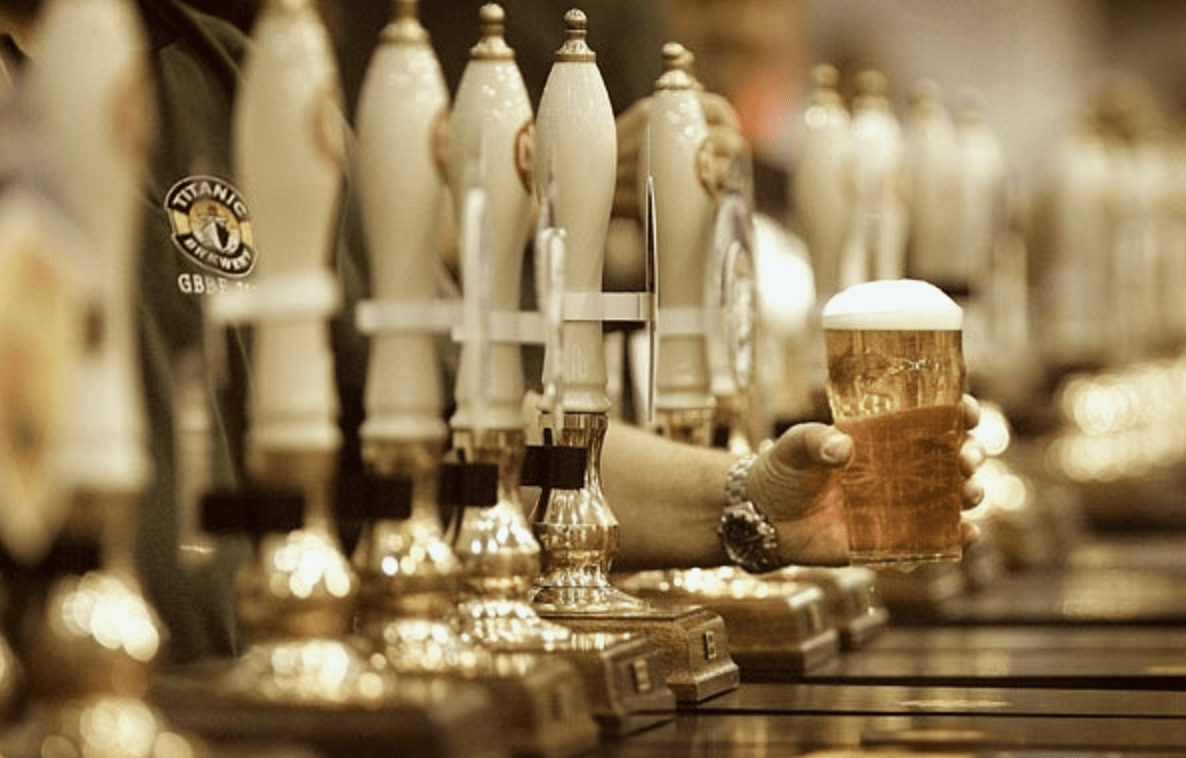Alcohol brands have been reticent to jump on the social media bandwagon. The challenge has largely been that alcohol brands have to include disclaimers and make sure their messages are targeted to the right audience. However, with new tools from social platforms, some alcohol brands are emerging as leaders in the social marketing space.
Indeed, not only are more alcohol brands taking advantage of social, many are even increasing their digital marketing budgets. And while Facebook and Twitter have long offered filtering and targeting tools, other networks like Instagram have only recently become a viable space for marketing alcohol products. This is because, until this year, Instagram didn’t meet the standard requiring alcohol brands to the only market on digital platforms with more than 71.6 percent of its audience of legal purchasing age.
Now that Instagram has crossed this threshold, the platform has started offering filtering mechanisms to ensure age-appropriate targeting. Despite the challenges, there are several brands making a strong showing on social media. Miller Lite recently joined the small but growing ranks of alco-brand advertisers on Instagram and Crown Royal connects with fans on Facebook to request user-generated content. Alcohol brands have been finding simple ways to include the disclaimers and disclosures. Bud Light has more than 20 million followers on Vine and includes a profile statement that content won’t be shared with anyone under 21.
Skyy Vodka uses its Instagram and Pinterest accounts in tandem, to showcase cocktail recipes, using the standard disclaimer to “please enjoy responsibly.” Still, brands don’t seem to be taking big risks on social media influencers just yet. One expert noted at a recent media summit that alcohol brands have been playing it safe because social is still a new way to communicate. However, Bud Light teamed up with comedians for its controversial #UpForWhatever campaign — which they shut down early because of the controversy — and Veuve Cliquot teamed up with Instagram photographer @johnylace for a #cliquotmail campaign. As more social platforms provide improved targeting tools, more brands are likely to enter the space and take more risks on influencers. The big key for brands is to always make sure they’re working with digital creatives who are old enough to consume the products.






